Brown Tree Snake
Way back, when 'The Big Bang Theory' was still funny, I did a post on this snake - sadly time has the horrific habit of marching on (and bloody over). Thus I thought I'd do an update of sorts. I've managed some half decent pics this week, so why not now?.
The Brown Tree Snake is a member of the colubrid family - who make up around 66% of all known snake species and have been dated back through the fossil record to perhaps 40 million years ago.
Most snakes in this family are non-venomous, however there are a couple of exceptions to this rule, most notably Africas Boomslang Dispholidus typus which has caused human fatalities.
I should add that the taxon colubridae has been criticised by herpetologists: 'This family has classically been a garbage bin for snakes that do not fit elsewhere', but let's leave the beardy types to argue such things round the bunsen burner and move on eh?.
The snake in these pictures is one of at least three we have in our garden. The largest of which is much, much larger than most of the field guides would have you believe possible at well over 2.5 metres T.L. The largest recorded is 3.0 metres T.L in Guam.
This guy though is a relatively diminutive 700-800mm T.L. I snapped these the other night after spying him in a banana plant searching for a feed.
Although venomous, almost everyone agrees that a bite poses little threat to people except those with a low body mass (the very young) and possibly those with volatile allergic reactions to other venoms.
I have free handled these guys on a few occasions and while I would agree with the assessment that they can be a touch cranky, I would hasten to add that like almost every snake I have ever come across they're only pugnacious when threatened or cornered.
The snake is native to Northern and Eastern Australia, P.N.G and other Pacific Islands however - it's also an incredibly destructive invasive species, particularly on the Island of Guam:
They're generalist predators and will eat birds, mammals and reptiles. I have a strong suspicion that they will also happily dine on frogs, but I've not seen this behaviour - so that's just a theory.
Lately, this has been the most common snake we've seen around the joint, but in the colubrid family we also have Slatey Grey's Stegonotus cucullatus, Common Tree Snakes Dendrelaphis punctulata and the Keel Back Tropidonophis mairii.
Getting to see any snake is a thrill and watching them hunt, doubly so. Observing such a lithe and graceful animal gliding through the leaves is a great way to be reminded of just how remarkable the natural world actually is. So be sure to take some time to have a look at it once in a while ...
Sure as hell beats reality T.V right? - 'course I'm right ...
Take Care
The Brown Tree Snake is a member of the colubrid family - who make up around 66% of all known snake species and have been dated back through the fossil record to perhaps 40 million years ago.
Most snakes in this family are non-venomous, however there are a couple of exceptions to this rule, most notably Africas Boomslang Dispholidus typus which has caused human fatalities.
In 1957, herpetologist Karl Schmidt died after being bitten by a juvenile boomslang. Marlin Perkins, who was then the director of the Lincoln Park Zoo, had sent the snake to Schmidt's lab at the Field Museum in Chicago for identification.
Schmidt underestimated the severity of the snakebite and, as a result, did not seek medical treatment until it was too late to counteract the effects of the boomslang's venom. He died 28 hours after the bite.
I should add that the taxon colubridae has been criticised by herpetologists: 'This family has classically been a garbage bin for snakes that do not fit elsewhere', but let's leave the beardy types to argue such things round the bunsen burner and move on eh?.
The snake in these pictures is one of at least three we have in our garden. The largest of which is much, much larger than most of the field guides would have you believe possible at well over 2.5 metres T.L. The largest recorded is 3.0 metres T.L in Guam.
This guy though is a relatively diminutive 700-800mm T.L. I snapped these the other night after spying him in a banana plant searching for a feed.
 |
Boiga irregularis |
 |
Visual and chemical cues aid the hunt |
 |
Sometimes called a "cat-eyed snake" due to the smooth vertical pupil |
Although venomous, almost everyone agrees that a bite poses little threat to people except those with a low body mass (the very young) and possibly those with volatile allergic reactions to other venoms.
I have free handled these guys on a few occasions and while I would agree with the assessment that they can be a touch cranky, I would hasten to add that like almost every snake I have ever come across they're only pugnacious when threatened or cornered.
The snake is native to Northern and Eastern Australia, P.N.G and other Pacific Islands however - it's also an incredibly destructive invasive species, particularly on the Island of Guam:
Shortly after World War II, and before 1952, the brown tree snake was accidentally transported from its native range in the South Pacific to Guam, probably as a stowaway in shipping cargo. As a result of abundant prey resources on Guam and the absence of predators outside of feral pigs and mangrove monitors, brown tree snake populations reached unprecedented numbers.
Numerous sightings of this species have been reported on other islands including Wake Island, Tinian, Rota, Okinawa, Diego Garcia, Hawaii, and even Texas in the continental United States.
They're generalist predators and will eat birds, mammals and reptiles. I have a strong suspicion that they will also happily dine on frogs, but I've not seen this behaviour - so that's just a theory.
Lately, this has been the most common snake we've seen around the joint, but in the colubrid family we also have Slatey Grey's Stegonotus cucullatus, Common Tree Snakes Dendrelaphis punctulata and the Keel Back Tropidonophis mairii.
Getting to see any snake is a thrill and watching them hunt, doubly so. Observing such a lithe and graceful animal gliding through the leaves is a great way to be reminded of just how remarkable the natural world actually is. So be sure to take some time to have a look at it once in a while ...
Sure as hell beats reality T.V right? - 'course I'm right ...
Take Care
The reproductive characteristics of the brown tree snake are not well known. On average the female produces 4-12 oblong eggs, 42–47 mm long and 18–22 mm wide. The eggs have a leathery shell which the female deposits in hollow logs, rock crevices, and other sites where they are somewhat protected from large temperature variations and predation.
Females may produce two clutches per year, depending on climate and prey abundance. If conditions for bearing eggs are not favourable, the female brown tree snake may be able to store sperm and later fertilise the eggs several years after mating.
Females may produce two clutches per year, depending on climate and prey abundance. If conditions for bearing eggs are not favourable, the female brown tree snake may be able to store sperm and later fertilise the eggs several years after mating.
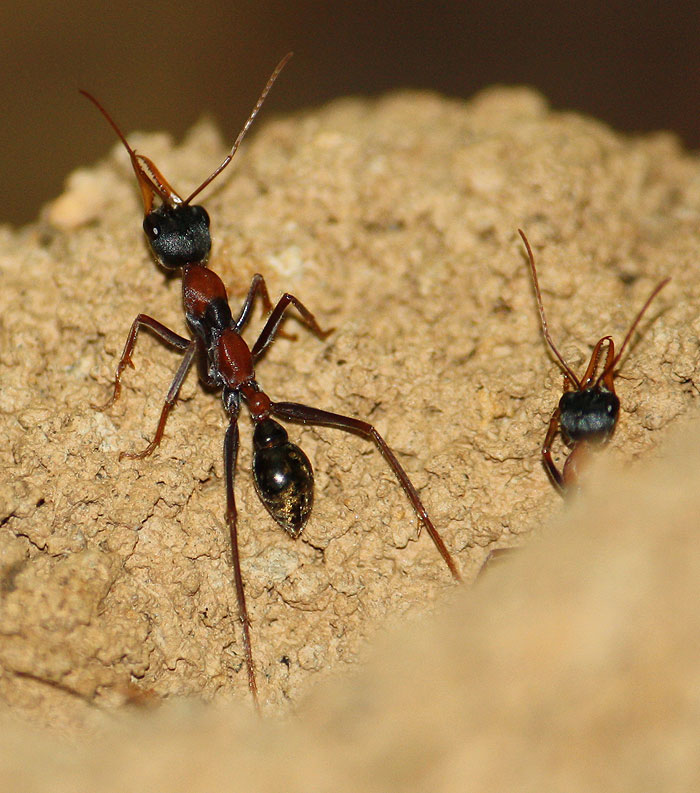
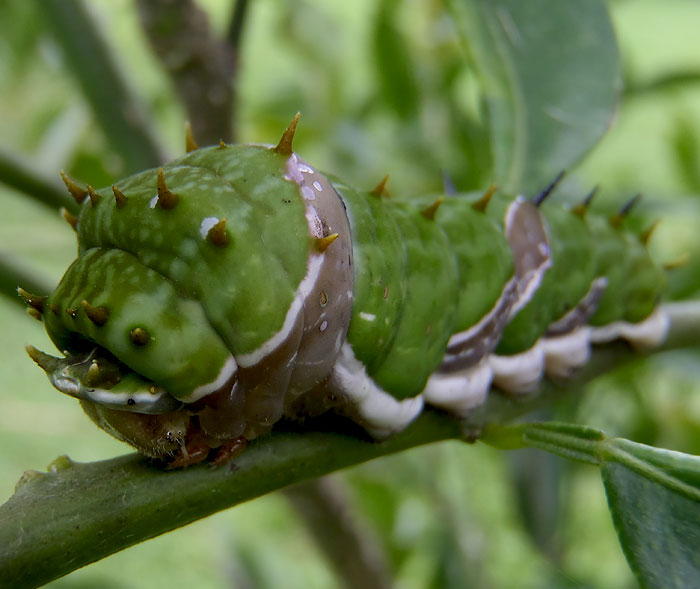
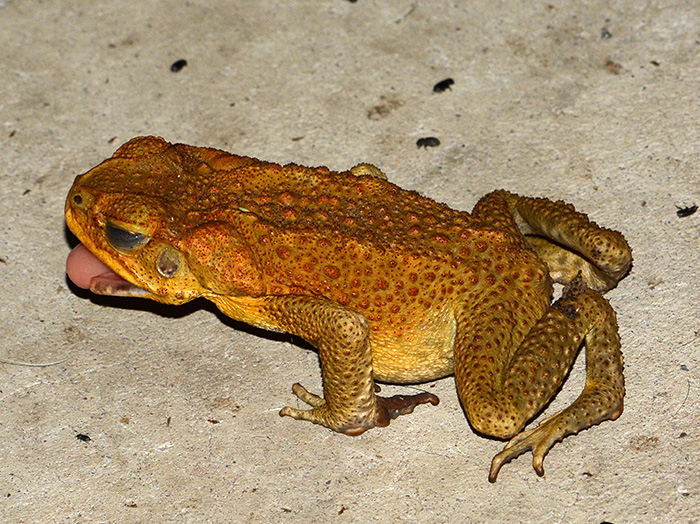
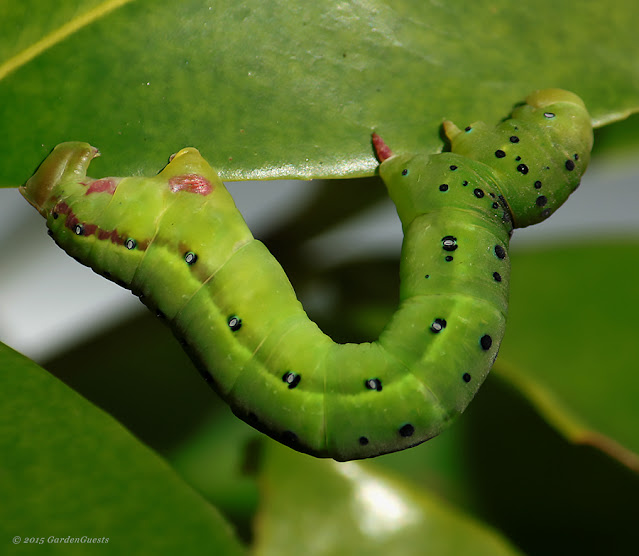
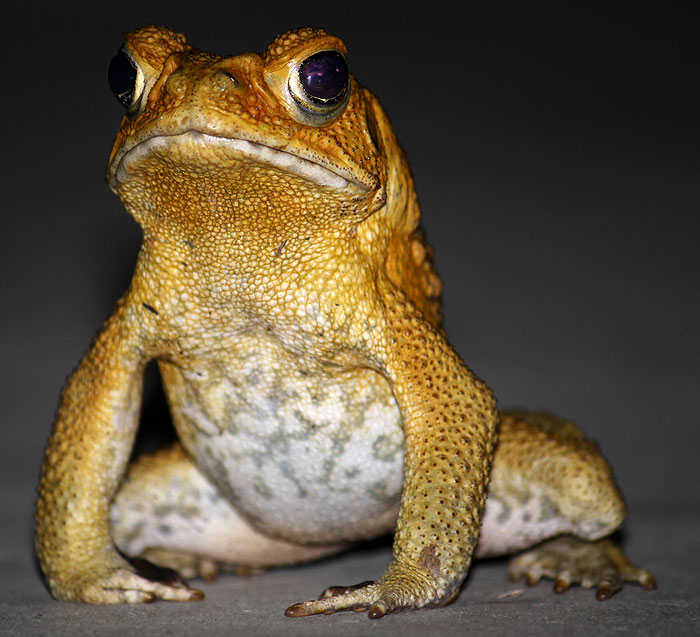
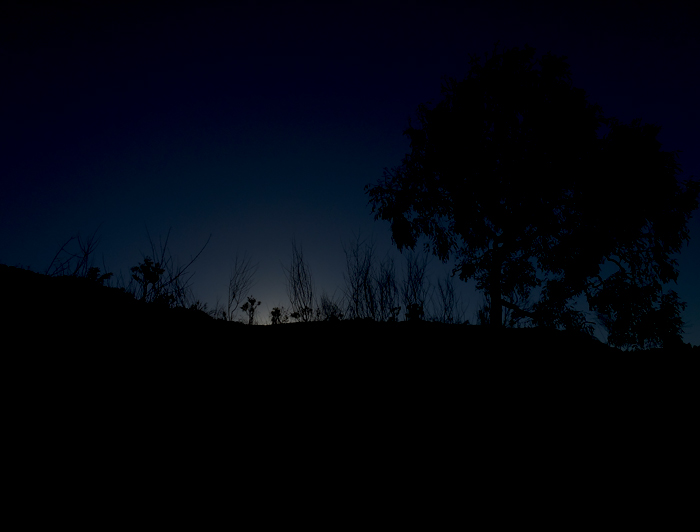
Comments
Post a Comment